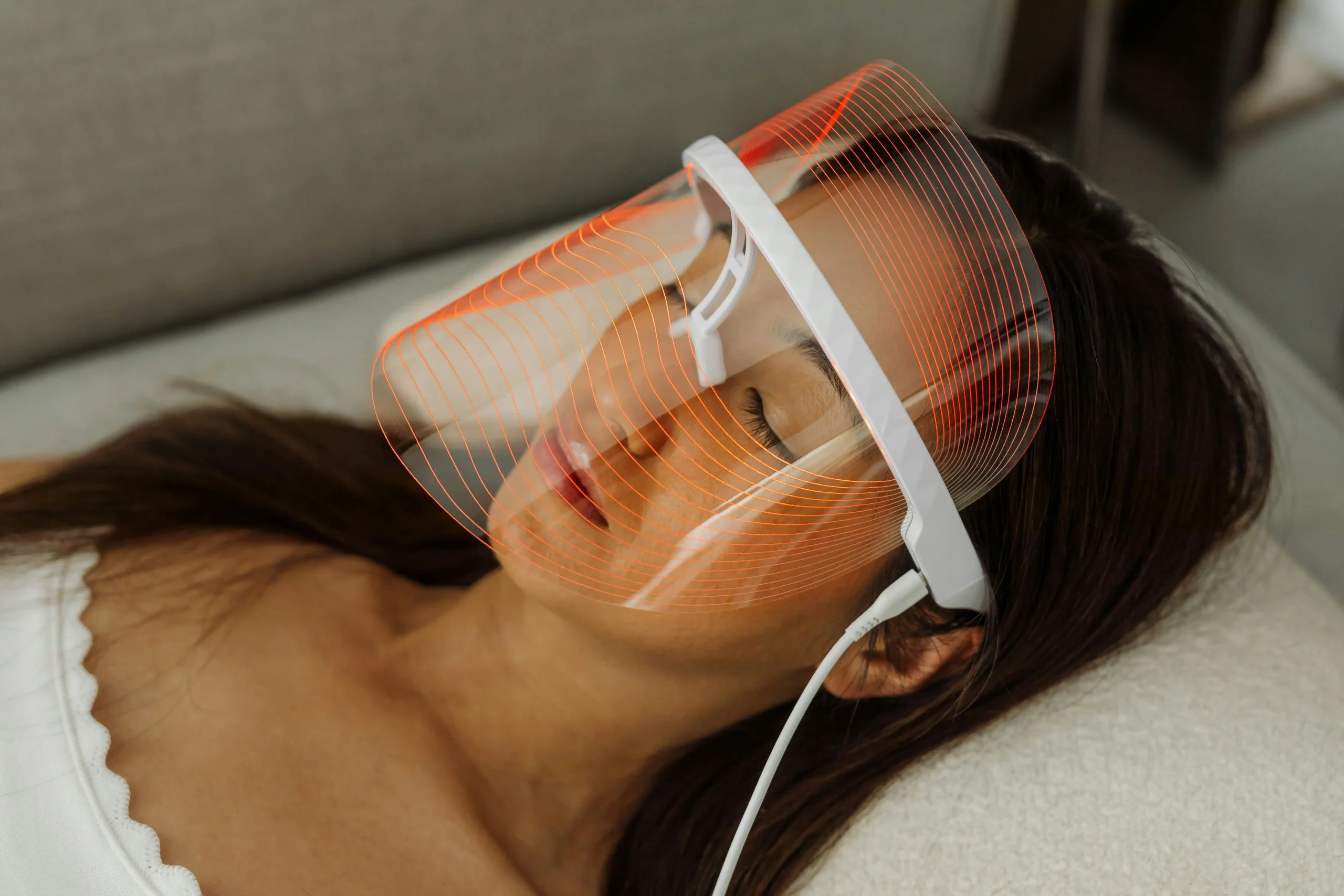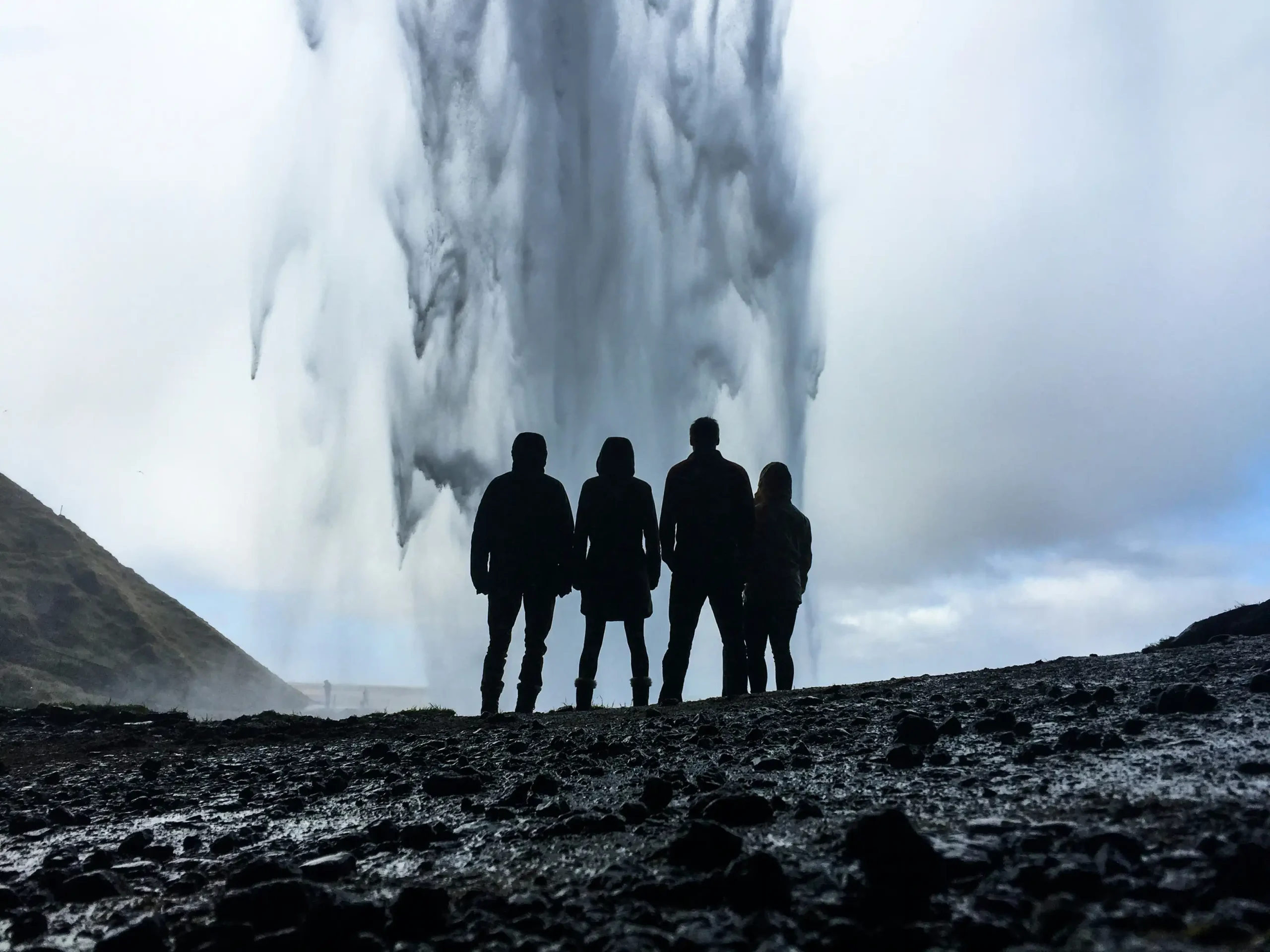Why does our skin become flabby? First of all, with age there is a drastic decrease in the number and quality of elastic fibers. The rapid reduction in the number of elastin fibers and fragmentation of those that remain is the main cause of our skin’s loss of elasticity. The skin becomes loose, inflexible, wrinkles begin to appear, which become deeper over time. The skin begins to form overhangs in the form of flaccid folds, making patients appear much older. Skin flaccidity can affect any part of the body. However, the lesions are usually most visible around the eyes, ears, face, neck, shoulders and thighs. This is caused by the poor subcutaneous tissue in these areas of our body.
What is plasma?
Plasma has recently become a revolution in aesthetic medicine and plastic surgery. Until now, any excess flabby skin was usually removed surgically. Today, we can offer our patients a procedure from a range of so-called “treatment”. soft surgery, that is, a surgical effect without cutting, sutures, and above all without leaving any scar. The post-surgical recovery period is also significantly shorter than after classic surgery. What is plasma? Plasma is an ionized gas. The device produces a controlled and targeted microbeam of plasma by ionizing gases in the air. A small electric arc is produced, which is capable of sublimating the epidermis in a controlled manner and treating skin lesions in a safe manner. Sublimation is nothing more than evaporation of the epidermis, which is a guarantee of safety for patients. We show no interference with surrounding tissues, do not cause necrosis, and thus minimize the risk of inflammation.
Reduction of skin flabbiness
The Plexr facelift procedure, is one of the most common procedures I perform these days. By working with the device, we can very easily perform plasticity of drooping eyelids, remove even deep static wrinkles, lift the oval of the face, revitalize the skin around the mouth and eyes, remove wrinkles in the ear area, and much more. A particular advantage of the procedure is the relatively short healing time (compared to classical plastic surgery), no cutting of tissue, no bleeding. After the procedure we do not put stitches, and at the time of complete healing we do not leave any trace of our action in the form of a scar. The duration of the procedure depends on the extent of the area we want to treat with plasma.
"Plasma" scenario
Non-ablative surgery, as the technique’s name says, does not use a scalpel or laser energy to remove excess skin, eliminating many possible complications of such interventions. The technique used in eyelid correction is defined as a “dynamic” method because it allows full operator control during the procedure. It allows to observe the effect in real time. The operator can ask the patient to close and open his or her eyes during the procedure and “live” observe the effects of his or her work. This technique is called “non-ablative” because it is performed without removing excess skin, without disrupting the dermis and without removing excess fat. The procedure involves making small dots on the surface of the skin through plasma generated from the PLEXR device, each at a distance of approx. 0.5 mm one from the other, allowing the eyelid to maintain perfect plasticity in its movement until the procedure is completed. Each of these obtained points causes sublimation (vaporization) of superficial corneocytes without damaging the basal layer of the dermis, without bleeding and, most importantly, without causing damage and necrosis of surrounding tissues. *Information comes from the official PLEXR device brochure.
Effect without defect
A typical procedure takes less than 20 minutes and spot “scabs” of approx. 0.5 mm persist for 4 to 7 days. In the treatment of drooping eyelids, 1 to 3 treatments should be performed at 40-day intervals, depending on the severity of the problem. Clinical studies and observations of patients undergoing this therapy show that the therapeutic effect persists for 2-4 years.









